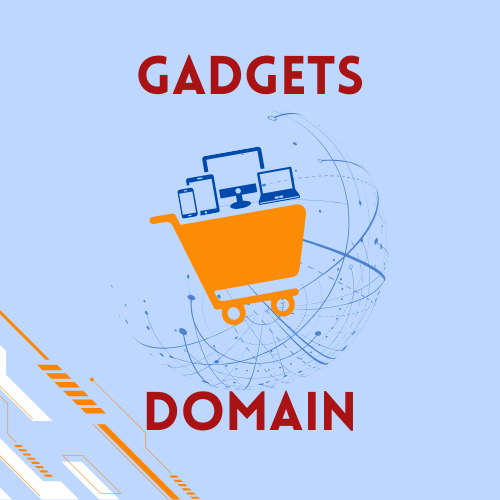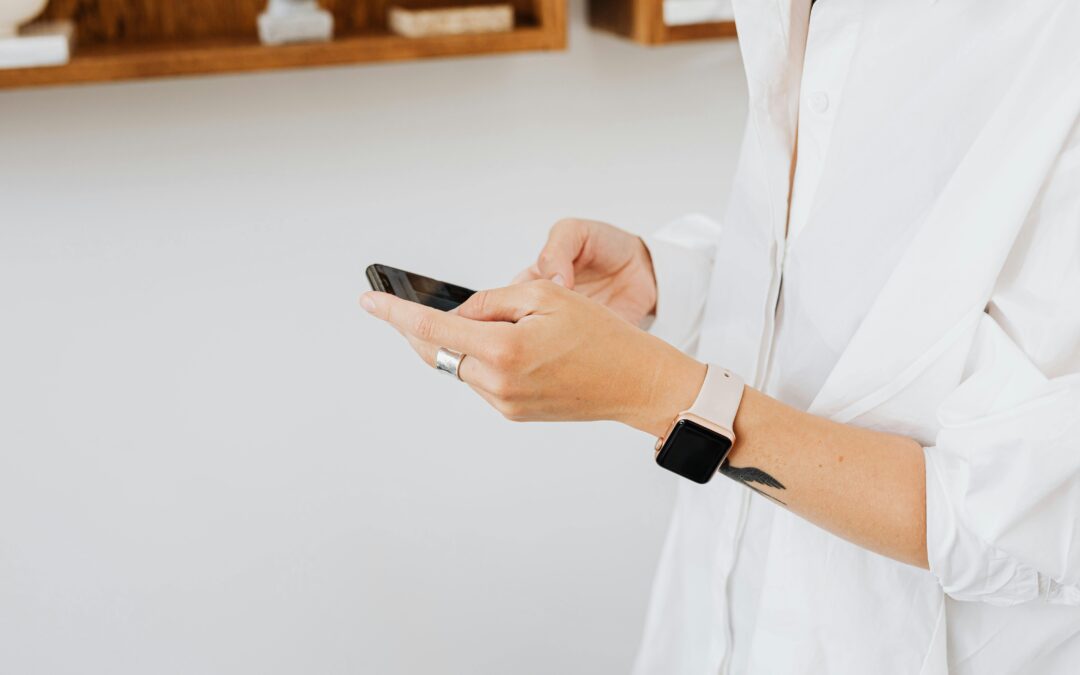When most people hear the word “electronics,” they immediately think of phones, laptops, or televisions. But today, electronics are no longer confined to the devices we keep in our pockets or living rooms—they’re becoming part of what we wear. Welcome to the fast-growing world of wearable technology, a space where fashion meets function, and where electronics are not just tools but extensions of ourselves.
Wearables have shifted from niche gadgets for fitness enthusiasts to mainstream essentials that track our health, connect us to the digital world, and even help improve workplace safety. If you’ve ever wondered why wearable tech is exploding and what it means for the future of electronics, you’re in the right place. Let’s explore how these devices are revolutionizing our daily lives and what’s next in this exciting industry.
What Exactly Is Wearable Technology?
At its core, wearable technology refers to electronic devices designed to be worn on the body—usually as accessories, clothing, or even implants. The most common examples are smartwatches and fitness trackers, but the category also includes smart glasses, health-monitoring patches, VR headsets, and even smart clothing with built-in sensors.
What makes wearables unique is their ability to collect data in real time and integrate seamlessly into our daily routines. Whether it’s tracking your steps, monitoring heart rate, or even detecting early health concerns, these devices are quietly creating a new relationship between humans and electronics.
Why Wearable Technology Is More Than Just a Trend
It’s easy to assume wearable devices are just another tech fad, but the numbers tell a different story. Market research shows that the global wearable technology market is expected to grow dramatically over the next decade. That growth is driven by three main factors:
- Health and Wellness – Fitness trackers and smartwatches have become everyday tools for millions of people. They remind us to move, monitor our sleep cycles, and keep tabs on our heart health. Some advanced wearables can even detect irregular heart rhythms, potentially saving lives.
- Convenience and Connectivity – Wearables free us from constantly reaching for our phones. A smartwatch lets you check messages, pay for coffee, or get GPS directions with a glance at your wrist. In an era where time and attention are precious, this convenience is invaluable.
- Innovation in Electronics – The technology inside wearables is advancing rapidly. Sensors are becoming smaller and more accurate, batteries are lasting longer, and flexible electronics are paving the way for smarter clothing and even medical wearables that adhere to your skin like a patch.
In short, wearables aren’t just accessories—they’re transforming electronics into a more personal, human-centered experience.
How Wearables Are Changing Industries
The impact of wearable technology extends far beyond fitness tracking. Different industries are already adopting wearables to improve efficiency, safety, and personalization.
- Healthcare: Doctors are increasingly relying on wearable devices for remote patient monitoring. From glucose monitors for diabetes patients to smart patches that track recovery after surgery, wearables are making healthcare more proactive and data-driven.
- Workplace Safety: In construction, mining, and manufacturing, workers are using smart helmets and vests equipped with sensors to monitor fatigue, exposure to dangerous conditions, and even location tracking for emergencies.
- Sports and Performance: Athletes use wearable devices not just to count steps but to monitor biomechanics, hydration levels, and recovery. This data-driven approach is reshaping training and performance optimization.
- Entertainment and Lifestyle: Virtual reality (VR) and augmented reality (AR) headsets are opening up new worlds in gaming, education, and immersive storytelling. Combined with smart glasses, they hint at a future where information is seamlessly overlaid on the real world.
Each of these applications shows how electronics are moving closer to us—literally and figuratively—by becoming part of our daily attire.
The Challenges Ahead
Of course, wearable technology is not without challenges. Issues like privacy and data security loom large, as these devices collect sensitive personal information. Battery life remains another limitation, as most users want smaller devices without sacrificing performance. And then there’s the question of fashion—how do you design wearables that people actually want to wear every day?
These hurdles are real, but they also fuel innovation. Companies are racing to develop new battery technologies, enhance encryption for safer data, and collaborate with fashion designers to make wearables as stylish as they are functional.
What’s Next for Wearable Technology?
Looking ahead, wearable technology is poised to expand far beyond smartwatches and fitness trackers. Some exciting directions include:
- Smart Clothing: Imagine shirts that monitor your posture or socks that track circulation for people with diabetes.
- Implantable Devices: Tiny electronics placed under the skin could monitor health continuously without the need to wear anything externally.
- Brain-Computer Interfaces: Early-stage research is exploring ways wearables could connect directly with neural signals, opening possibilities for people with disabilities and entirely new ways to interact with technology.
This is where the future of electronics becomes truly fascinating. The line between humans and technology will blur as wearables evolve into what some call “embodied electronics.”
Why This Matters for You
Whether you’re a tech enthusiast, a professional looking to stay ahead of trends, or simply someone curious about the future, wearable technology represents a shift in how we interact with electronics. These devices are not just about convenience—they’re about creating smarter, healthier, and more connected lives.
And if you’re looking to explore some of the latest gadgets for yourself, check out the curated collection on our shop at Gadgets Domain. You’ll find electronics designed to make your everyday life easier, more connected, and more exciting.
Wearable technology is more than a passing trend—it’s a clear signal of where electronics are headed. From improving healthcare to making daily tasks more seamless, wearables are a reminder that technology works best when it works with us, not just for us.
Now, the big question is: How ready are you to make wearable tech part of your life?
Share your thoughts below. Do you already use wearable devices, or are you waiting for the next breakthrough before jumping in? Let’s start a conversation about how electronics are shaping the way we live, work, and connect.

